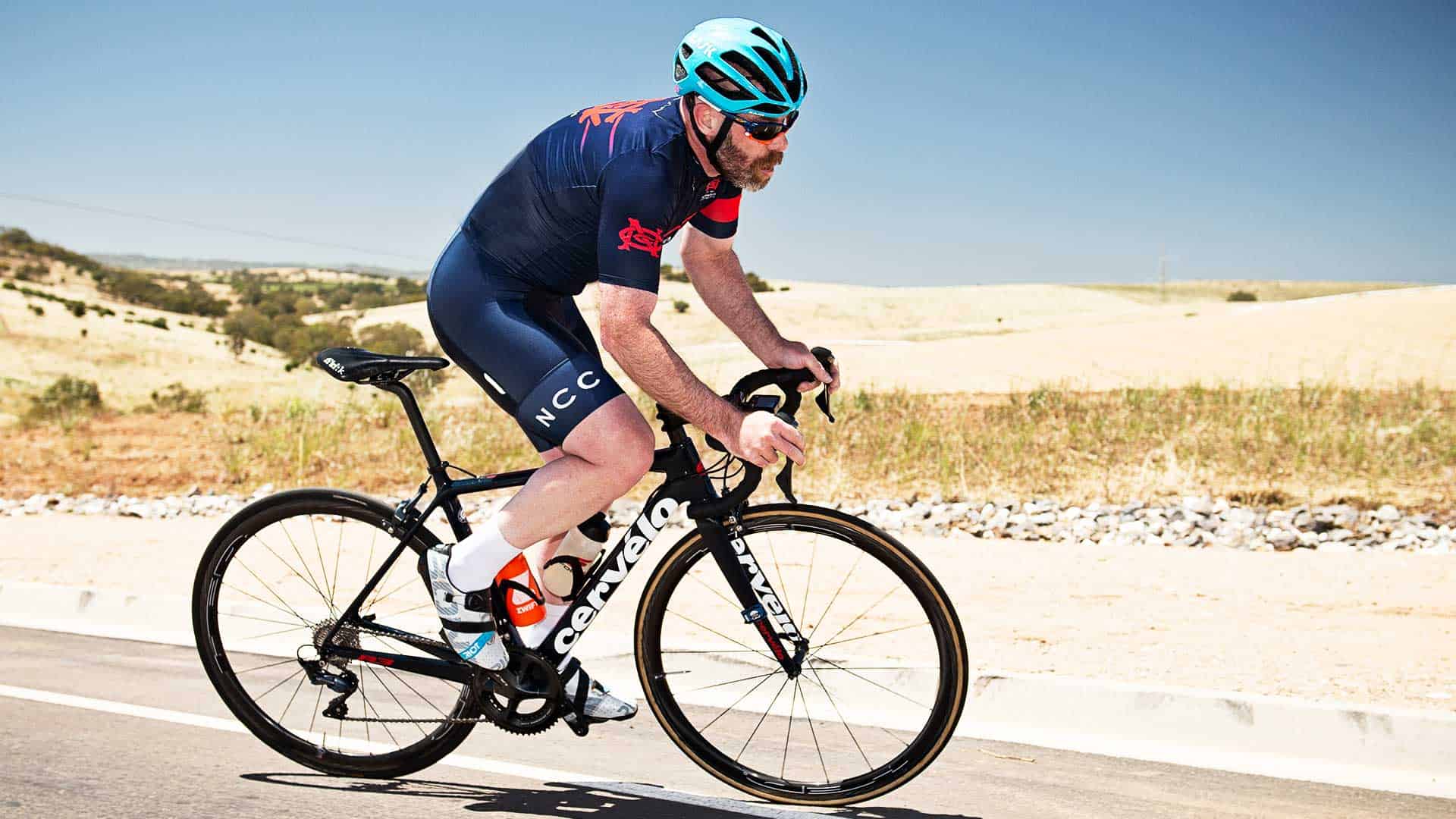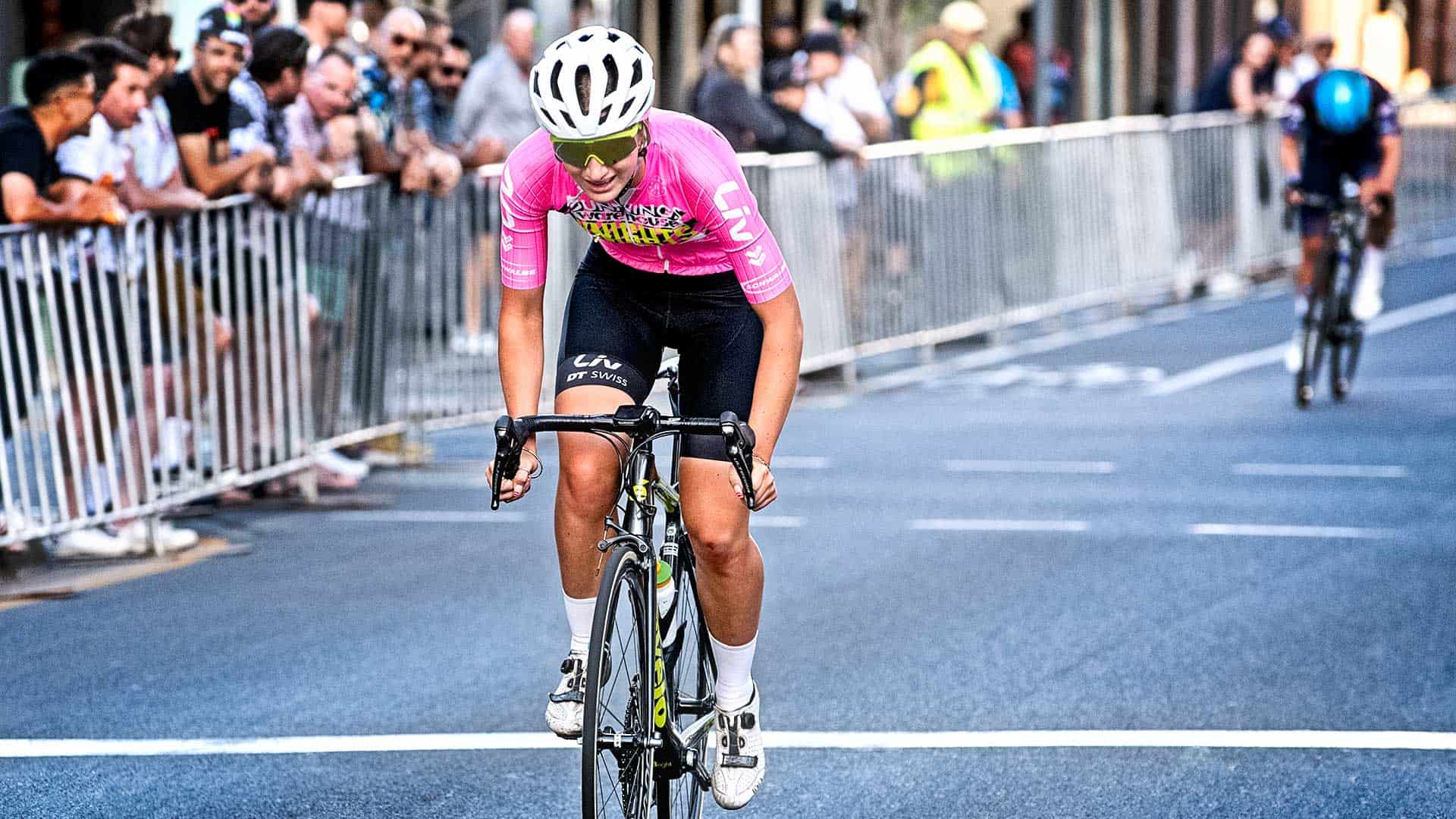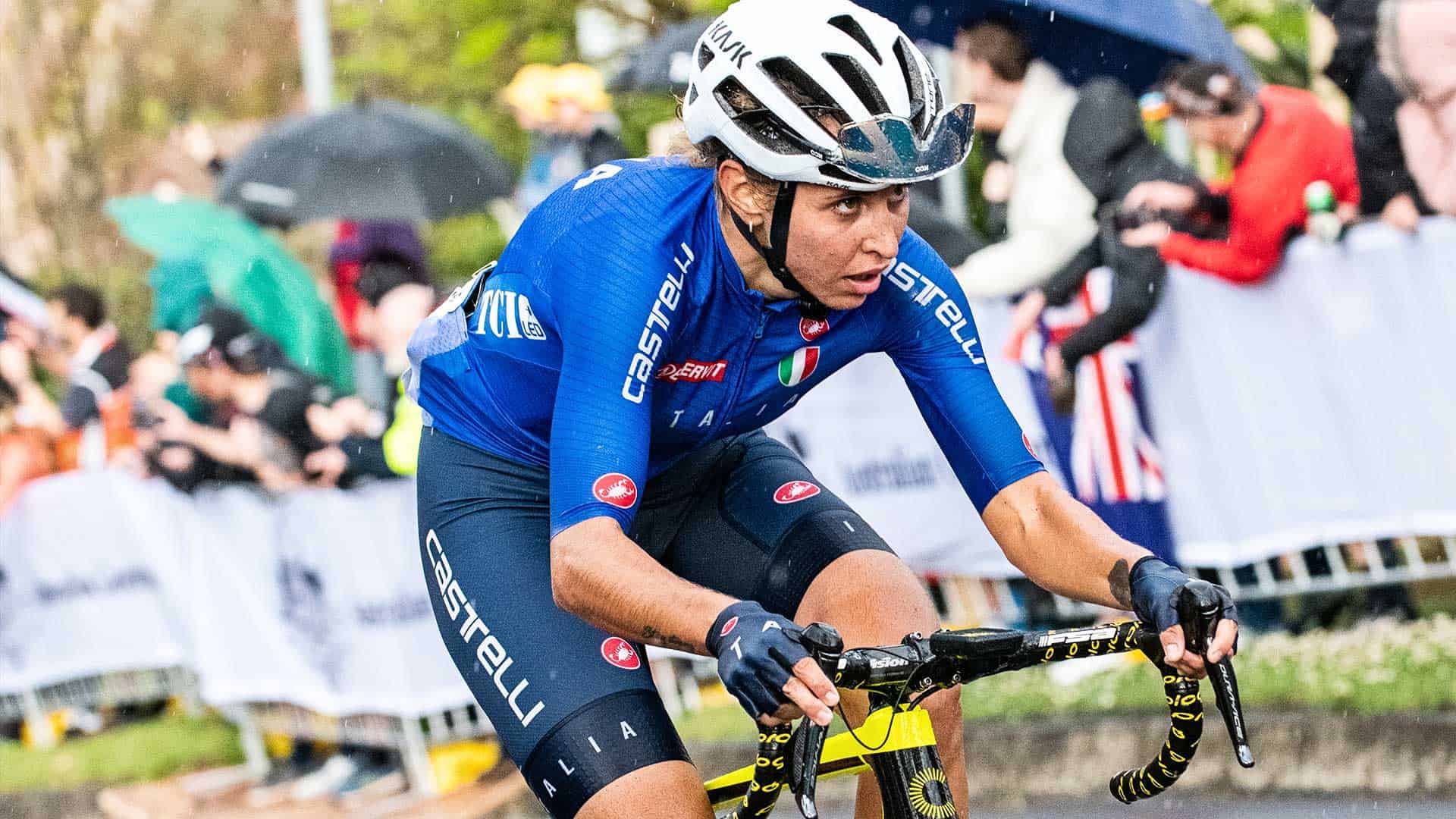Video transcript:
So now we’re going to talk a little bit about training for the 3 Peaks. So, one of the things that we found is that people generally have around about 10 hours of training a week. The program that we put together is based on that assumption. Some people may have a little bit less and some people may have a little bit more and that’s fine. If you have a bit more time, then all you need to do is just increase the volume of training that you’re doing on the weekends and just keep the rest of the program about the same.
Now, one of the things that we have done is we have introduced high intensity efforts into the training to help supplement the fact that we’ve reduced the amount of volume of training that we’re doing on the weekend because of that 10-hour time restriction. The high intensity efforts are a really, really important part of the program. What they do is they teach your body, basically, to ride fast. That’s one of the big issues around what we found with people is that when they do a very low-intensity, high-volume type of program, training up for an event like this, that’s fantastic, but it actually trains them, or teaches them, to ride slow.
So, by introducing the high-intensity training into the program, we’re then able to, obviously, substitute training that we would do on the weekend and reduce the amount of time, so you could spend more time with your family and maybe at work or whatever. It also means that it improves your average speed on your ride. So, it means you’re able to compete in the event and ride in a shorter period of time.
The other two really important things about the program is that it’s really important to get in the consistency. The consistency is that you’ll notice the program is structured around six days with one day off. So, seven days a week, six days of training, one day off. We built it with a gradual build in intensity and it’s important to get that consistency. So the consistency is really important in the training.
The other really important thing is the amount of vertical meters climbed. We do that mainly on the weekend. That number that we have for the amount of vertical meters climbed is very, very important because, obviously, a 3 Peaks’ event’s a lot about the amount of vertical meters. So, it’s a big effort ride, a lot of distance, but also a lot of vertical meters climbed. So, it’s very, very important that you do focus on getting out there and climbing hills.
The best training for events that have hills in them is training with hills in them. So, that makes sense, doesn’t it? So, that’s why it’s really important to look at those vertical meters in the program and make sure that you’re meeting or exceeding those particular values for the week and meeting those targets.
A couple points about the vertical meters. When we talk about the vertical meters, what we’re doing is the overall ride vertical meters. For some people that don’t have big hills in their area, like say, vertical meters for the particular ride is 750 or 1,000 vertical meters for that particular ride, if you’ve only got a hill around your area that’s local that’s 100 meters, then 1,000 meters is ten repeats on that hill. So, you would do that hill ten times and that would give you 1,000 vertical meters. So, you don’t need to go out and find a hill that’s 1,000 vertical meters long. There’s only a few here in Australia anyway. What’s important is getting that vertical meters into your climbing.
The other thing is that some people are very unfortunate and Australia’s a flat place and some people live in areas where there may be no real big, major hills. So, how we supplement that? The only way to do that, and it’s a great way to do it, is that what you want to do is you want to find a headwind and most areas that are flat usually have days that are quite windy, so you want to put yourself into a headwind and you want to drive yourself into the headwind at about 80 rpm and supplement your hill climb by doing your training on a flat surface with a headwind, 80 rpm. Keep the cadence fairly low, but not really low and drive yourself into that headwind. That will supplement hill-climb training. So, there’s a couple ways to supplement that hill-climb training.
If you are interested in finding out anything more about our training or coaching services, then, certainly, jump on our website and visit Cycling-Inform, great information on the website. Have a look around. You can contact us with any questions that you may have about the program, training in general, nutrition, hydration.





Leave A Comment